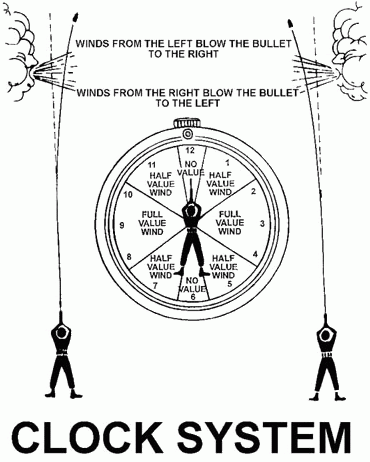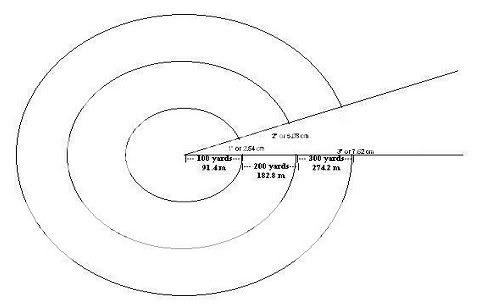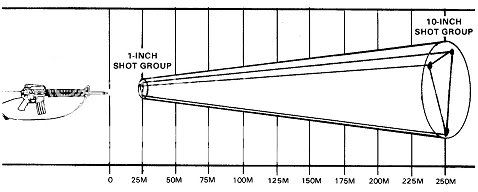Unfavorable conditions are when neither (A) or (B) are obtained, in which case you have to resort to looking at the greenery. Roughly, when grass sways and leaves flutter, there is a five mph wind. When tree branches sway, there is a ten mph wind. When small trees sway, there is a fifteen mph wind. What is most unfavorable about this technique is that the swaying of tree branches tells you nothing about the direction of the wind. For that you need another technique, the best one being to throw some grass up in the air. If 0º is perpendicular to your shot and 90º. is in line with the target (it doesn't matter if it is towards you or away from you), then assign full value to any wind from 0º to 45º. Assign half value to any wind between 45º and 75º. Ignore winds between 75º and 90º



